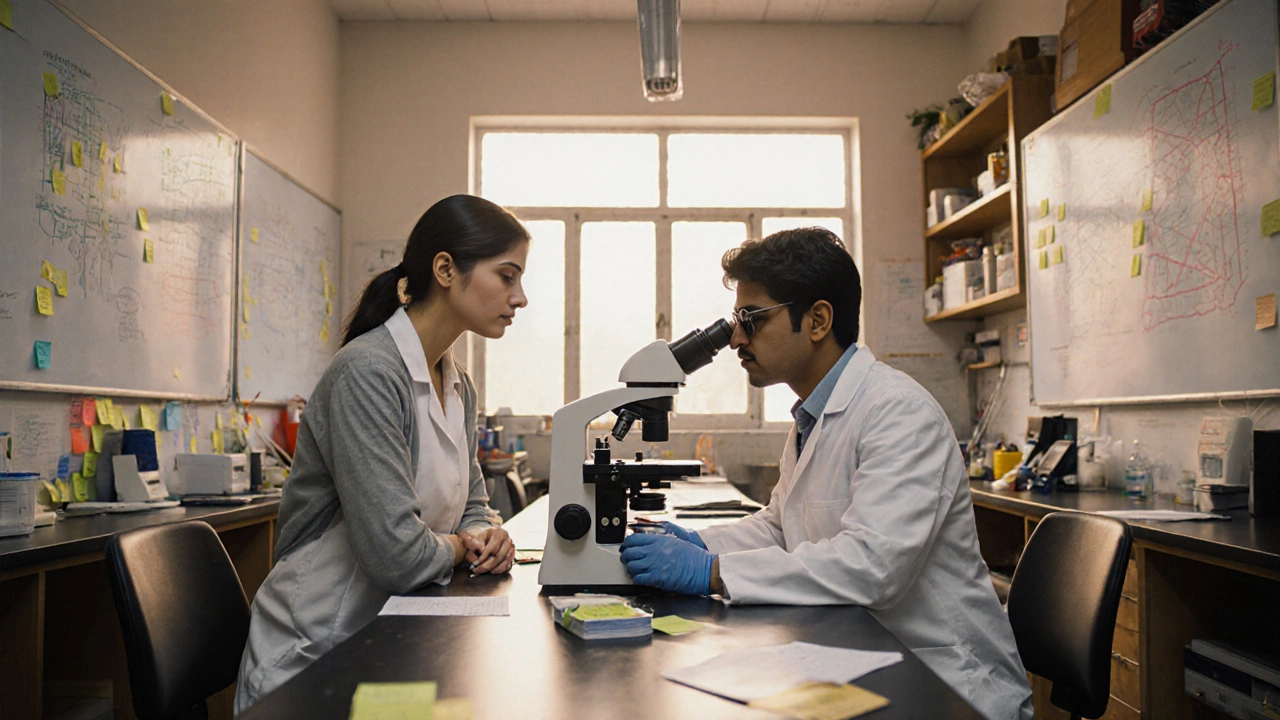Team Science: How Collaborative Research Drives Innovation in India
When we talk about team science, the practice of conducting research through coordinated, multi-disciplinary groups rather than isolated individuals. Also known as collaborative science, it’s no longer just a nice idea—it’s the only way major breakthroughs happen today. In India, the biggest advances in clean energy, biotech, and public health aren’t coming from lone geniuses in labs. They’re coming from teams—data scientists talking to nurses, engineers working with farmers, policy experts partnering with biologists.
Team science isn’t just about sharing tasks. It’s about blending different ways of thinking. A transfer agent, a professional who connects researchers with businesses to turn discoveries into real products doesn’t just file patents. They make sure a solar tech developed in Bangalore actually works for a village in Odisha. A public health program, a planned effort to prevent disease across communities only succeeds when doctors, data analysts, and local volunteers all speak the same language. And when a data scientist, someone who turns raw numbers into decisions sits down with a hospital admin to fix patient wait times, that’s team science in action.
What makes team science powerful in India is its grit. It’s not about fancy labs or big budgets. It’s about solving problems that matter—like making vaccines reach remote areas, or helping farmers use AI tools to predict crop yields. The posts below show how this works in real life: how renewable energy projects fail without local input, how biotech salaries rise when teams include regulators and ethicists, how the cleanest energy source isn’t just about tech—it’s about who gets to use it. You’ll see how innovation doesn’t happen in silos. It happens when a biologist, a software engineer, and a community health worker sit in the same room and ask: "What’s really broken? And how do we fix it—together?"




